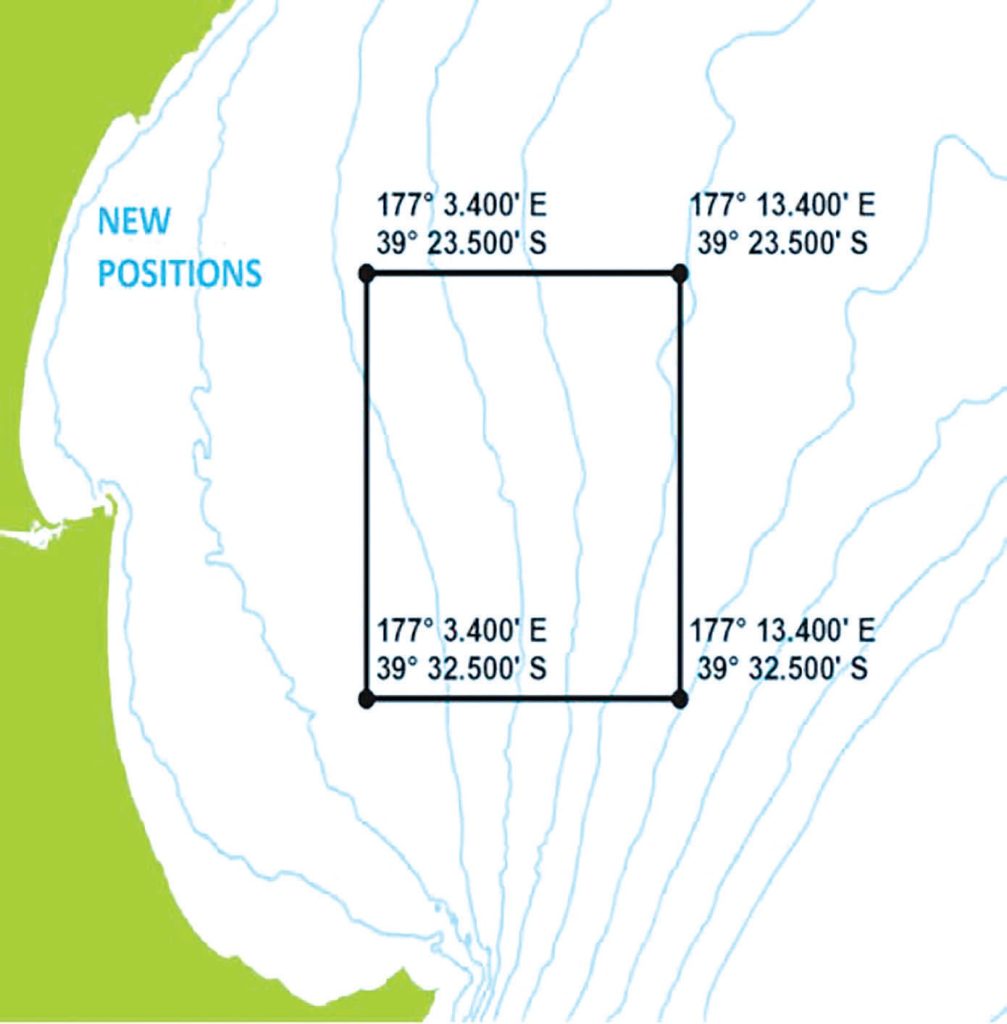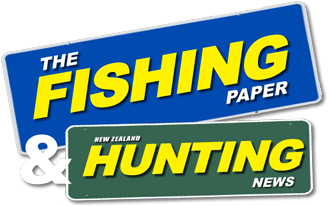
voluntary agreement transforms tense relationship between commercial and recreational fishers in Hawke’s Bay
This past summer marks the eighth year of a voluntary agreement, between the Napier Fisherman’s Association, Seafood New Zealand’s Area 2 Committee and LegaSea Hawke’s Bay, to close the Springs Box area to commercial fishing over the summer months.
Since the summer of 2015/16, commercial fishers have paused fishing in the Springs Box from the start of December through to the end of February.
The Springs Box covers roughly 230 square kilometres of ocean and is due east of Napier Port. According to recreational fisher and LegaSea Hawke’s Bay Board Member Wayne Bicknell, for recreational boats, “it’s about half an hour steaming, nice and easy to get the kids out there.”

Local commercial fisher Rick Burch says the initial agreement came out of a series of meetings organised by the Ministry for Primary Industries (MPI) to, “help calm the farm,” following a series of incidents between commercial and recreational fishers.
The meetings were attended by LegaSea Hawke’s Bay (a sub-branch of LegaSea and outreach arm of the New Zealand Sports Fishing Council), 15 fishers, Seafood New Zealand Inshore Council (formerly Fisheries Inshore New Zealand), Te Ohu Kaimoana, as well as several local seafood companies.
“There were around 22 people all up,” said Rick Burch.
“At the start, it was a bit fiery. It took about six months for things to settle”.
“From there, we started working on picking the low hanging fruit”.
“Things we agreed on.”
One of the things both sides agreed upon, was the evidence they had seen with their own eyes, snapper and gurnard spawn out in the Springs Box area in December and January.
“That’s when we agreed we needed to do something to protect that area while it’s spawning,” said Wayne Bicknell.
“So, we started to get this voluntary arrangement going, drawing up the box area together.”
Burch says the map took a bit of finessing as commercial fishers soon realised it was a little too close to Cape Kidnappers, which was a safety concern.
The hard work to get it right paid off, as the Springs Box has remained largely unchanged ever since, and this voluntary arrangement has become so widely accepted by all parties, little negotiation is needed when the agreement is revisited each year.
From the recreational side, while the Springs Box is closed to commercial fishers, the Hawke’s Bay Sports Fishing Club keeps a close eye on what comes out of the area via their Colin Murray Ramp survey.
“Every fishing contest the club has, we ask all the fishers to fill the survey form out and pass it to us as they come up the boat ramp,” said Wayne Bicknell.
“There is a box they need to tick to say if their catch has come out of the Springs Box area.”
While from different fishing worlds, Wayne and Rick are long-time friends, having met when Rick emigrated to New Zealand from the United Kingdom in the 1980’s. They share a passion for the sea – whether it’s surfing, fishing or looking at ways to preserve it.
“We have had many a heated discussion around the dinner table, which p…es everyone off,” says Wayne.
“But our friendship has helped to make this voluntary agreement a success – because Rick is the go-to for commercial fishers, and I’m one of the go-tos here for recreational fishers.”
“We both stand up for our organisations, but we’ve found ways to work around things,” said Rick.
Rick also says, one of the positive outcomes of this agreement is there is more respect for commercial fishers.
“The agreement has really helped improve the relationship we have with not just LegaSea Hawke’s Bay, but with the wider public,” he said.
Seafood New Zealand Chief Executive Jeremy Helson who, in his former role as Chief Executive of Fisheries Inshore New Zealand, was part of the early discussions around this agreement, says he is pleased to see the arrangement has continued.
“Hawke’s Bay really has something special here,” Helson said.
“This local initiative is an excellent and too-rare example of the compromise and collaboration possible between competing sectors.
“It would be great to see this happening in other parts of Aotearoa.”
While arguments can happen from time to time, both Rick and Wayne agree the Bay has got to be looked after, and it makes the best sense to be doing it together. They hope the agreement will continue for many years to come.












